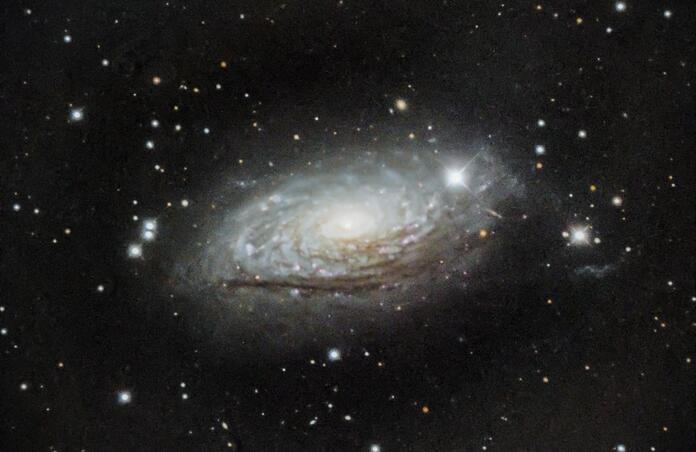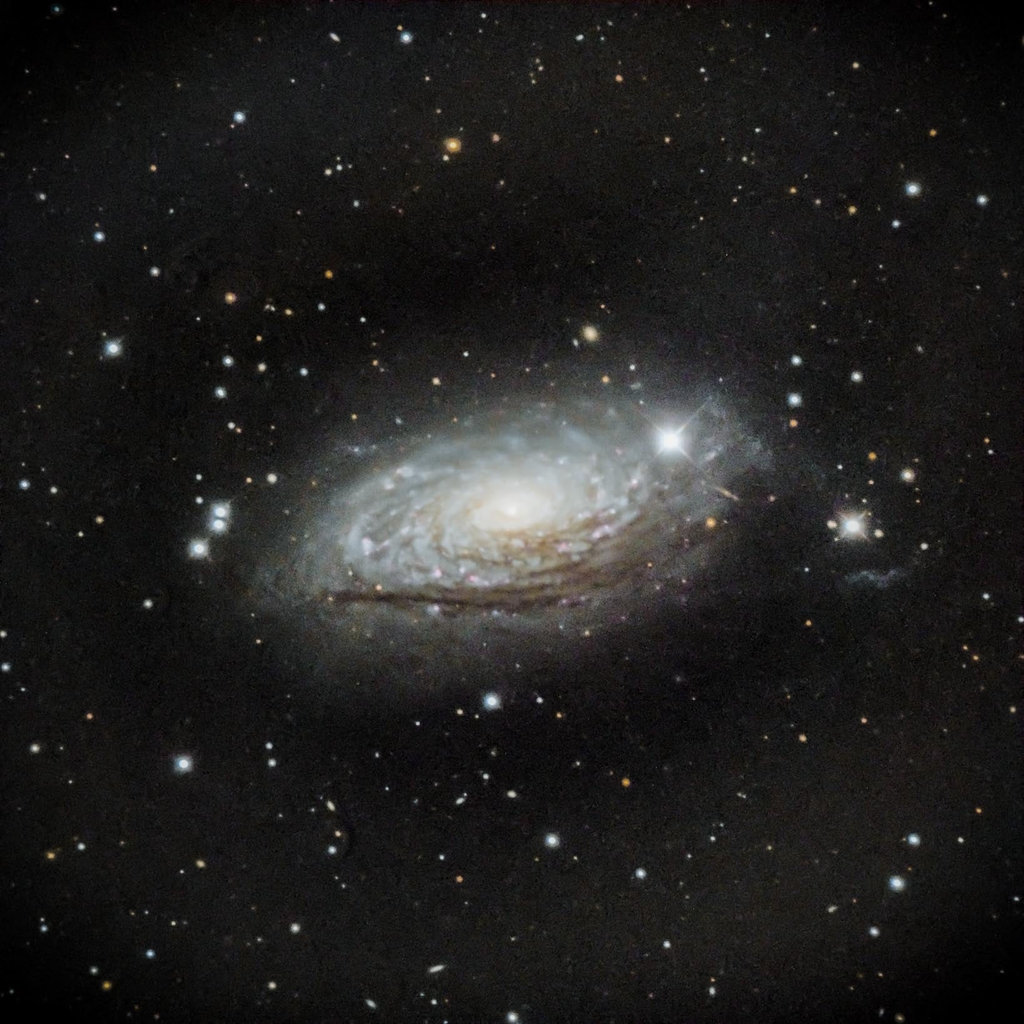What are calibration frames?

Because Telescope Live takes care of calibration when delivering finished FITS files for One-Click, Pro Data Sets (deprecated), and even Advanced Requests, they don’t get talked about much. It is, however, a topic worth knowing about to best understand the data produced by the instruments.
First, what are calibration frames? These are frames that contain adjustments to the raw data as acquired by the telescope. They are specific to each telescope and camera combination.
Darks
Every sensor has heat noise, or glow caused by the amplifier, especially during a long exposure. By taking an image of the sensor with no incoming light, we get to see that noise. During pre-processing the noise is subtracted out from the image light frames.
Flats
Flat frames are used to get rid of dust, sensor spots, uneven field (vignette), and other imperfections that show up against an even background. Dust on the sensor will form donuts in the image. Visualizing this is like aiming a DSLR at a blank sky to see where there are any sensor spots. Flat frames are made by pointing the imaging train, including filters, at an even light source. That light is often an LED panel made specifically for the task. The flats have to exactly match the position of the filters and lenses, lest the dust bunnies hop to a different place. Flats are taken immediately after the imaging session. This is one of the overhead tasks during Advanced Requests.
Bias
The last, a Bias frame is to remove noise created by the lowest level signal of the electronics. While Dark frames rely on long exposure to see where the heat builds up, a Bias frame captures the signal from the flow of electrical charges in the sensor using a very short exposure.
Telescope Live gives you access to all raw and master calibration frames acquired by the Telescope Live Network through the Calibration Frame Archive. These frames include Bias, Dark, and Flatfield frames used to calibrate the images that are delivered to you from the Image Archive.
Master calibration frames are created combining several Raw calibration frames, these are the frames that are used to calibrate your images.
To access the Calibration Frames Archive, click on "Calibration Frames" in the left sidebar. Click on the "SEARCH" button to select the calibration frames you are looking for. You can filter by calibration frame type, telescope, filter, and binning. You can also filter by the exposure time of the observing date.
05 DEC 2021
SUNFLOWER GALAXY - ONE-CLICK OBSERVATIONS
Messier 63 or M63, also known as NGC 5055 or the seldom-used Sunflower Galaxy, is a spiral galaxy in the northern constellation of Canes Venatici with approximately 400 billion stars. M63 was first discovered by the French astronomer Pierre Méchain, then later verified by his colleague Charles Messier on June 14, 1779. The galaxy became listed as object 63 in the Messier Catalogue. In the mid-19th century, Anglo-Irish astronomer Lord Rosse identified spiral structures within the galaxy, making this one of the first galaxies in which such structure was identified.The shape or morphology of this galaxy has a classification of SAbc, indicating a spiral form with no central bar feature (SA) and moderate to loosely wound arms (bc).

Observatory: IC Astronomy Observatory
Telescope: SPA-2
This blog post was originally published in our Telescope Live Community.
The Community represents Telescope Live's virtual living room, where people exchange ideas and questions around astrophotography and astronomy.
Join the conversation now to find out more about astrophotography and to improve your observation and post-processing skills!
